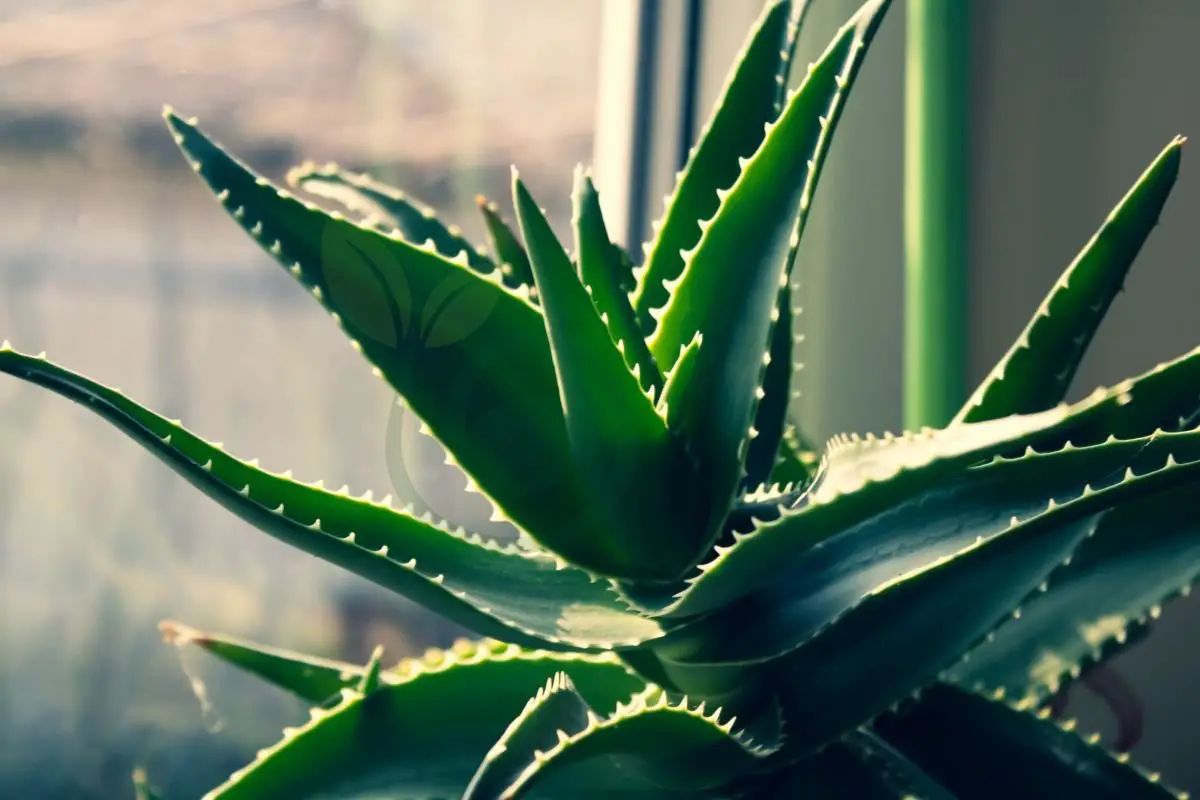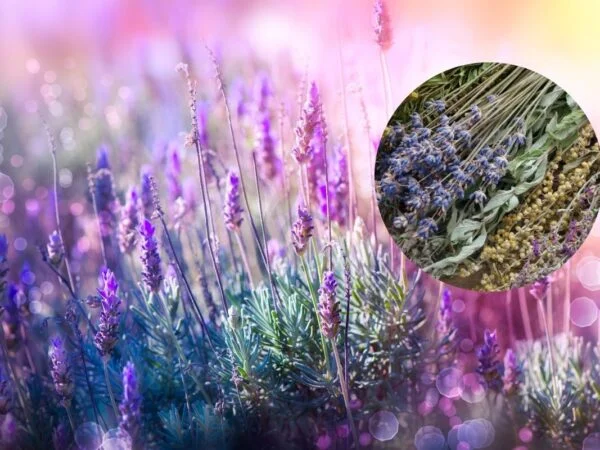Did you know that aloe vera is not just for sunburn relief? Houseplants, This unassuming plant boasts a multitude of benefits when kept in the comfort of your own home. From soothing eczema and acne to purifying the air, aloe vera is a powerhouse packed into its spiky leaves. The gel within these houseplants' leaves contains vitamins, minerals, and antioxidants that offer incredible healing properties.
But that's not all - having an aloe vera plant on hand means access to natural first-aid right from your windowsill or countertop. Plus, it requires minimal maintenance and thrives in various climates. Join us as we uncover the surprising advantages of incorporating this humble succulent plant into your living space.
Key Takeaways
- Incorporating an aloe vera plant in your home can provide numerous benefits, including air purification, skin care, and medicinal uses.
- To ensure a healthy aloe vera plant, follow proper care guidelines such as providing adequate sunlight, well-draining soil, and avoiding overwatering.
- Propagating aloe vera through offsets or leaf cuttings is a simple way to expand your plant collection or share with friends and family.
- Harvest aloe vera leaves for their gel, which can be used to soothe sunburns, moisturize skin, and promote healing of minor cuts and burns.
- The health benefits of aloe vera extend to internal use, with its potential to aid digestion, boost immunity, and regulate blood sugar levels.
- When using aloe vera for beauty regimens, explore its potential as a natural ingredient in homemade skincare products like masks, moisturizers, and hair treatments.
Aloe Vera Plant Care Guide
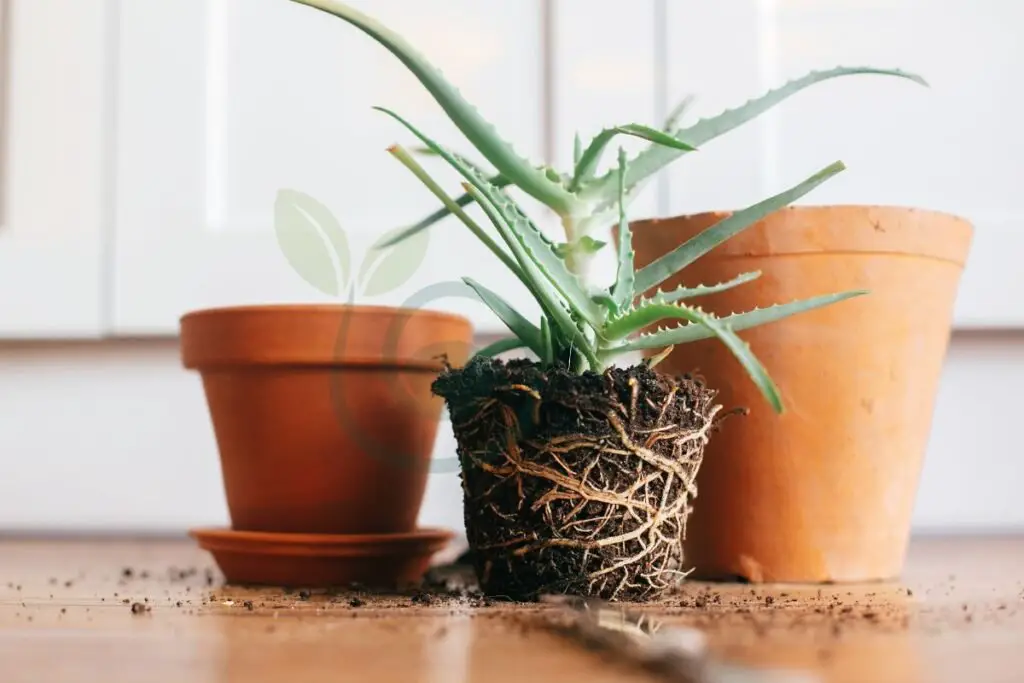
Indoor Growing
It's essential to provide the right conditions for this plant. Aloe vera plant thrives in indirect sunlight, making it perfect for indoor settings with filtered light and requires specific plant care. Using well-draining soil is crucial for preventing waterlogging, which can harm the plant. Maintaining temperatures between 60-75°F creates an optimal environment for indoor aloe vera growth and plant care.
- Aloe vera prefers indirect sunlight indoors.
- Well-draining soil is crucial for indoor aloe plants.
- Maintain temperatures between 60-75°F for optimal growth.
Aloes are adaptable and forgiving when grown indoors, making them ideal houseplants. Their low maintenance needs make them suitable for beginners or those with limited plant care experience. With proper care, they can thrive in various indoor environments without much fuss.
Outdoor Cultivation
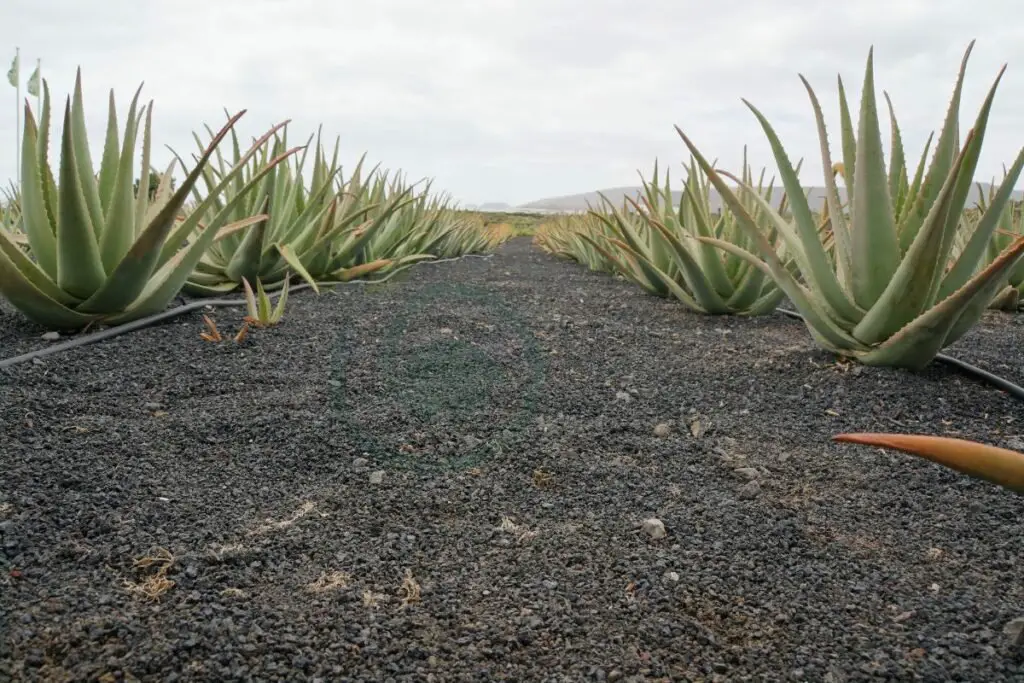
For outdoor cultivation of aloe vera, selecting the right location and providing adequate care are key factors in its success. When planting aloe vera outdoors, ensure that the soil is well-drained to prevent water accumulation around the roots. Ample sunlight exposure is vital for aloe vera plant care as it requires plenty of natural light to flourish outdoors.
Outdoor Cultivation:
- Plant aloe vera in well-drained outdoor soil.
- Ensure ample sunlight exposure when growing outdoors.
- Protect outdoor aloe from frost and extreme weather conditions.
Aloes also make stunning additions to outdoor gardens or landscapes due to their unique appearance and minimal plant care requirements.
Repotting Tips
Repotting becomes necessary when an aloe plant outgrows its current container or shows signs of becoming root-bound. Choosing a larger pot with good drainage promotes healthy root development while reducing moisture-related issues such as rotting roots or mold formation during repotting.
Repotting Tips:
- Repot when the plant outgrows its current container.
- Use pots with good drainage during repotting.
- Handle roots carefully during the repotting process.
Regularly inspecting your aloes and practicing plant care helps you identify when they need repotting so that you can continue providing them with an environment conducive to their growth.
Pests Management
Managing pests on your aloe plants involves being vigilant about common invaders like mealybugs and scale insects that can affect these succulents' health negatively.
Propagating Aloe Vera
Leaf Cuttings
To propagate aloe vera, start by using healthy leaf cuttings for plant care. Allow the cuttings to callus before planting them in soil. This helps prevent rotting and promotes successful growth. When watering the leaf cuttings, do so sparingly until new growth appears. Overwatering can lead to root rot and hinder the propagation process.
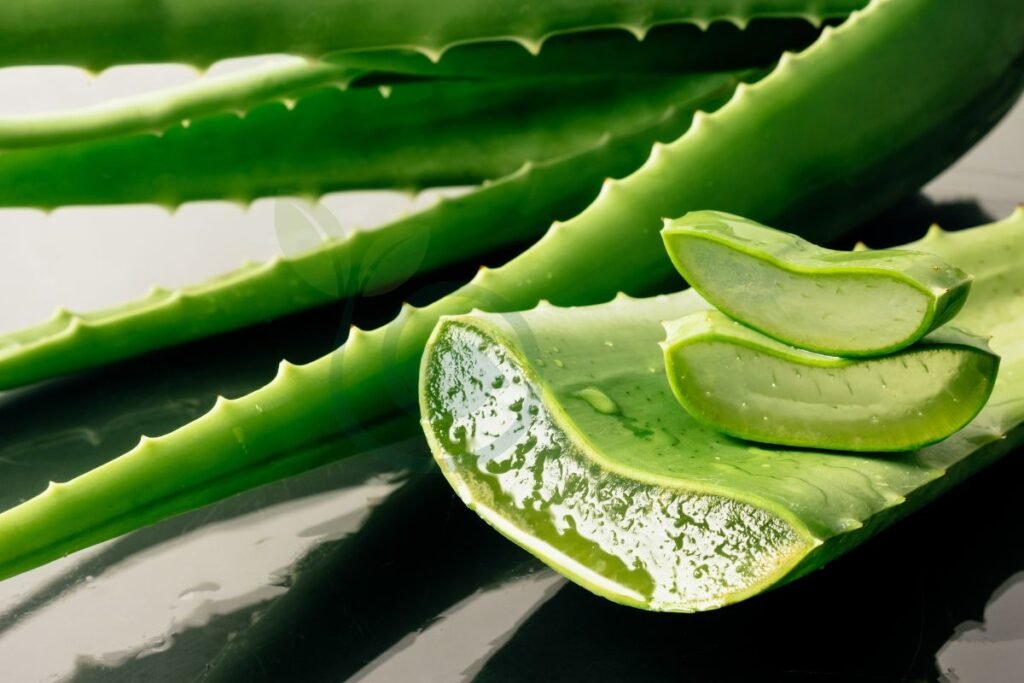
For example, you can place the healthy leaf cuttings on a paper towel for a few days to allow them to callus before planting them in well-draining soil. Once planted, water lightly every two weeks or when the soil is completely dry.
Potting Techniques
When potting aloe vera, it's crucial to choose pots with drainage holes to prevent waterlogging. Proper drainage is essential for maintaining healthy roots and preventing water-related issues such as root rot. Layering the bottom of the pot with gravel or small rocks can further enhance drainage.
For instance, you could use a mix of cactus potting mix and perlite for optimal drainage when repotting your aloe vera plant into a new container. Positioning the plant centrally in the pot while potting ensures that it has enough space for its roots to grow without being overcrowded.
Harvesting and Utilization
Gel Extraction
Harvesting aloe vera gel is a simple process that requires cutting open mature leaves lengthwise. Once the leaves are cut, you can easily scoop out the gel using a spoon or knife from the leaf halves. It's important to store the extracted gel in an airtight container in the refrigerator to maintain its freshness and effectiveness.
Aloe vera gel extraction allows for various uses, such as skincare, haircare, and even consumption for its potential health benefits. For example, applying aloe vera gel topically can help soothe sunburns, moisturize dry skin, and reduce inflammation due to its natural healing properties. In addition to this, consuming a small amount of aloe vera gel may aid digestion and support overall gut health.
Safe Handling
When handling aloe vera, it's essential to wear gloves to avoid skin irritation caused by its latex content. This precaution is especially crucial when dealing with multiple plants or large quantities of leaves. Moreover, due to potential toxicity if ingested in large amounts, it's important to keep aloe vera away from children and pets.
Furthermore, after handling aloe vera, thorough handwashing is necessary to prevent accidental ingestion of any residual latex on your hands. By following these safety measures during harvesting and utilization processes at home gardens or indoor settings where aloe plants are cultivated ensures safe enjoyment of their numerous benefits without any adverse effects.
Health Benefits in the Home
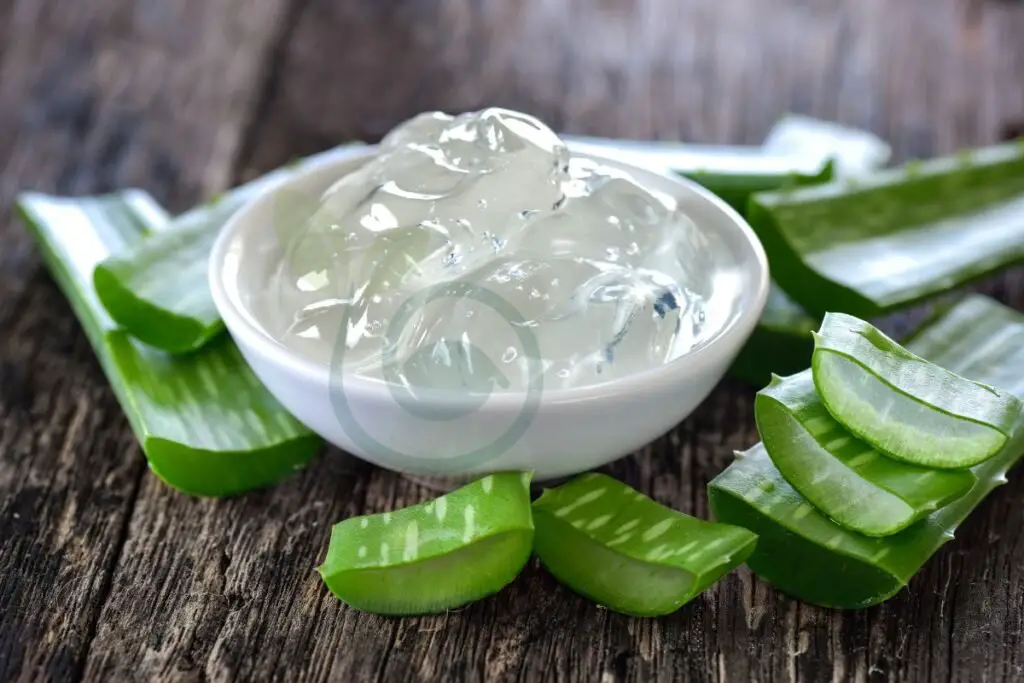
Skin Treatment
Aloe vera's health benefits extend to skin care, making it an excellent addition to any home. The fresh gel from aloe vera leaves can be applied directly to soothe sunburn and minor burns. Its natural moisturizing properties also make it ideal for treating dry or irritated skin. Incorporating aloe vera into DIY face masks can provide nourishment and rejuvenation for the skin.
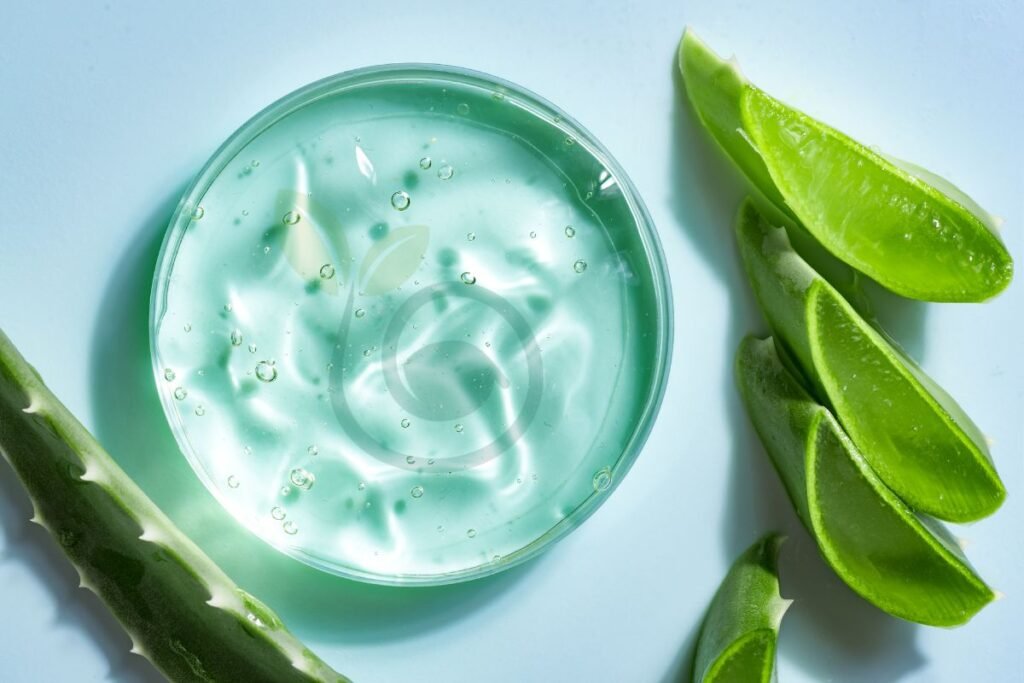
Furthermore, aloe vera gel is known for its ability to alleviate various skin issues, such as sunburns and irritations. For instance, after spending time in the sun, applying fresh aloe vera gel on the affected area can help soothe the burn and promote healing. Moreover, using aloe vera as part of homemade face masks can enhance their effectiveness by providing essential nutrients and hydration.
Digestive Aid
In addition to its topical applications, aloe vera offers potential digestive benefits when consumed internally at home. Diluted aloe vera juice may support digestive health by aiding in occasional indigestion relief and promoting overall gut comfort. However, it's crucial to exercise caution and moderation when using aloe vera internally for digestive purposes due to its potent nature.
Moreover, incorporating diluted aloe vera juice into one's diet might help with occasional indigestion discomfort while promoting overall gut well-being at home. It is important to note that while some individuals may experience relief from consuming a small amount of diluted aloe vera juice for digestion-related issues like bloating or discomfort after meals; others may not find similar benefits.
Oral Health
When looking at maintaining oral hygiene at home utilizing natural remedies alongside regular dental care routines could be beneficial—using aloe Vera mouthwash helps promote oral hygiene by refreshing breath while potentially soothing minor gum irritations or discomforts within your own living space.
Further adding this plant-based ingredient into daily oral care routine has shown promising results in terms of maintaining good oral health through minimizing bad breath concerns along with alleviating minor gum irritations if used appropriately under consultation with dental professionals.
Blood Sugar Management
Preliminary research suggests that incorporating aloe Vera supplements into diabetes management under medical supervision might aid in maintaining healthy blood sugar levels within one’s residence—however closely monitoring blood sugar levels becomes essential when integrating this supplement as part of diabetes care regimen.
Aloe Vera for Beauty Regimens
Aloe vera is a versatile and natural ingredient that can benefit your scalp and hair. Applying diluted aloe vera gel to the scalp helps nourish hair follicles, promoting healthy growth. Using aloe vera in homemade hair masks enhances shine and moisture. You can also opt for commercial hair products containing aloe for added benefits.
Incorporating aloe vera into your anti-aging routine offers potential solutions to reduce the appearance of fine lines and wrinkles. Topically applying aloe vera may help diminish signs of aging on the skin, making it an essential addition to skincare products aimed at combating aging effects. Always perform patch tests before directly applying concentrated aloe products onto the skin to ensure compatibility.
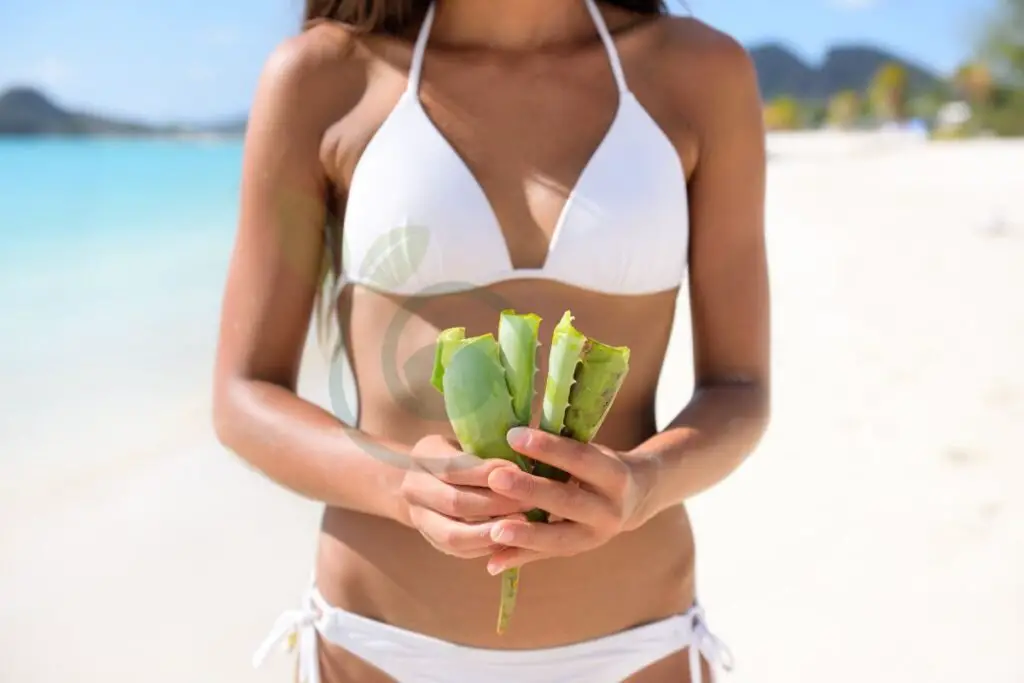
Aloe vera has become increasingly popular in beauty regimens due to its diverse benefits for both hair care and anti-aging solutions. By nurturing hair follicles with diluted aloe gel or incorporating it into homemade masks, individuals can promote healthier hair growth while enhancing shine and moisture levels naturally. Furthermore, integrating commercial hair products enriched with aloe further amplifies these advantages.
Utilizing topical applications of aloe vera as part of an anti-aging regimen provides potential solutions for reducing fine lines and wrinkles while rejuvenating the skin's appearance over time. Adding skincare products infused with this beneficial plant extract complements efforts aimed at combatting signs of aging effectively.
Medicinal Uses of Aloe Vera
Aloe vera, a popular houseplant, offers various benefits for medicinal purposes. One of the traditional uses of aloe is its ability to provide relief from constipation. The plant's latex has been used as an occasional laxative to alleviate constipation. However, it's crucial to note that seeking medical advice before using any form of aloe internally is essential. Long-term use of internal aloe products is also not recommended without professional guidance.
Aloe vera possesses anti-inflammatory properties that make it beneficial for soothing minor skin irritations when applied topically. Research indicates that certain compounds in aloe have anti-inflammatory effects when externally applied. It's important always to perform patch tests before using concentrated forms of topical aloe products to ensure there are no adverse reactions.
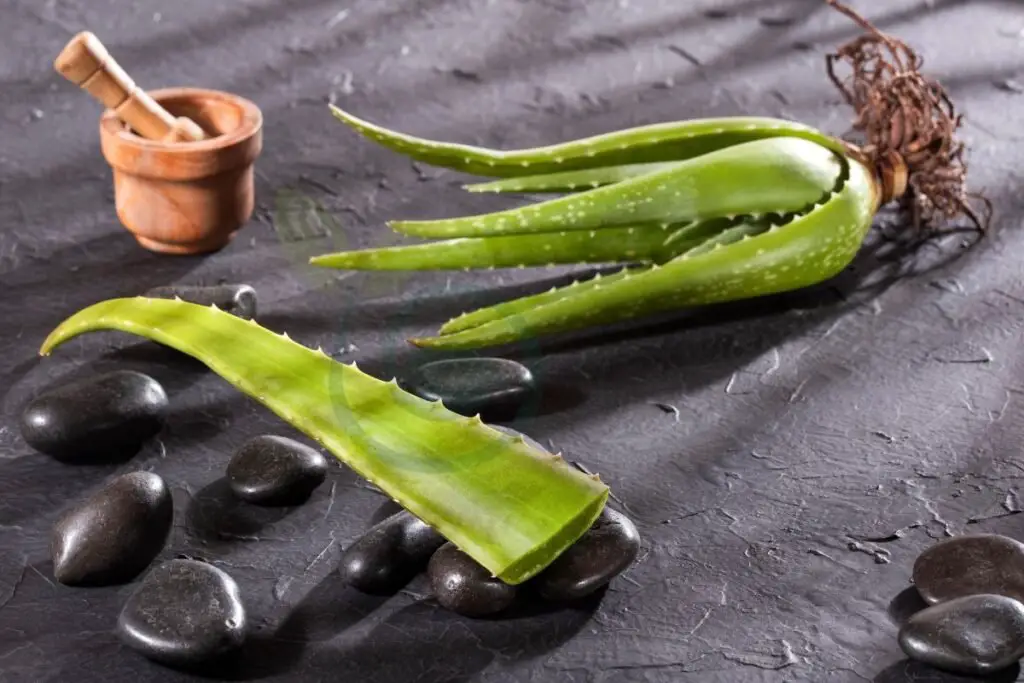
A bullet list can be added here:
- Benefits of medicinal uses
- Relief from constipation
- Anti-inflammatory properties for skin irritations
The benefits offered by the use of aloe vera in treating constipation and providing relief from minor skin irritations demonstrate its versatility as an effective natural remedy.
Safety and Side Effects
Consumption Precautions
There are some precautions that should be taken seriously. The internal use of the whole leaf or unprocessed forms of aloe should be approached with caution due to the potential for adverse effects on the digestive system. It's crucial to consult healthcare professionals before consuming any form of internal or concentrated aloe products, especially if you have existing medical conditions or are pregnant or nursing. These individuals should avoid internal use of aloes altogether, as it could lead to complications.
Topical Application
For those considering topical application of aloe vera, there are some key points to keep in mind. When applying fresh or commercially prepared topical gels containing pure, stabilized* aloe extracts directly onto clean skin, it's important to ensure that your skin is free from dirt and other substances that may interfere with the gel's effectiveness. Store-bought skincare products containing stabilized aloe extracts can be used daily as part of your skincare routine for its soothing and moisturizing benefits. However, it is essential to look for reputable brands offering skincare items formulated with stabilized *aloe extracts so you can trust their quality and efficacy.
Signs of a Healthy Aloe Plant
Growth Indicators
A healthy aloe vera plant exhibits vibrant green leaves, indicating that it is well-cared for. The center of the plant shows active growth and vitality when new leaves emerge. Conversely, yellowing or wilting leaves may suggest overwatering or insufficient sunlight exposure.
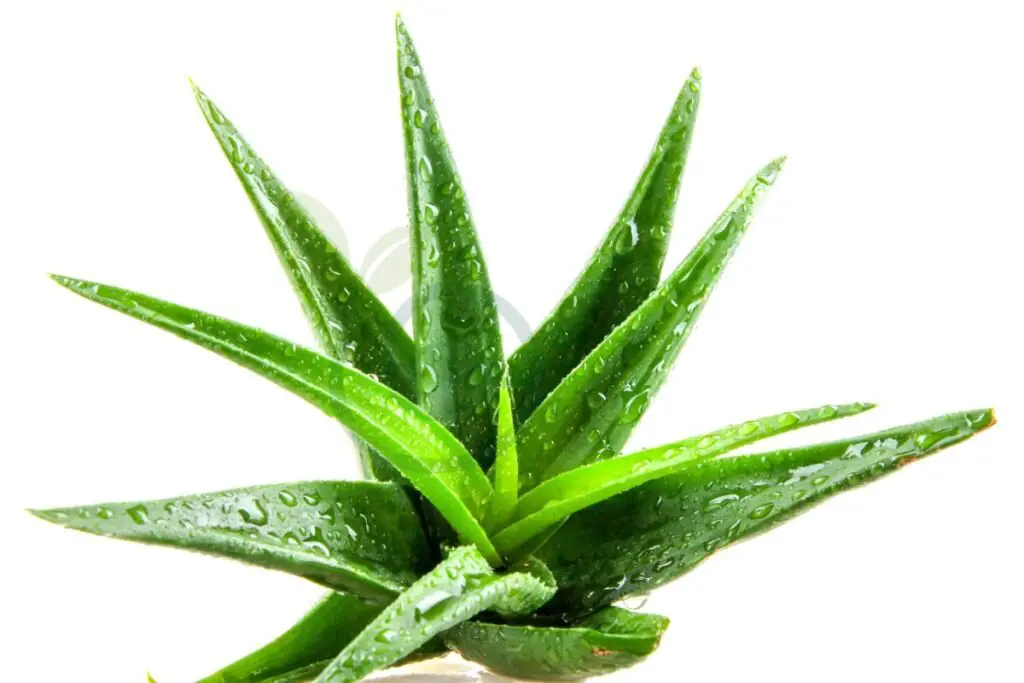
If your aloe vera plant boasts vibrant, green foliage and showcases fresh leaf growth at its core, these are clear signs of thriving health. On the other hand, if you notice any yellowing or wilting leaves, it might be an indication that your plant is not receiving adequate sunlight or is being overwatered.
Troubleshooting Issues
To address potential overwatering issues in your aloe vera plant, consider adjusting the frequency of watering to prevent root rot and leaf yellowing. If you observe leggy growth in your plant - characterized by stretched-out stems and sparse foliage - providing ample sunlight and pruning older leaves can help rectify this issue.
When faced with a distressed aloe vera plant, ensure proper drainage to avoid waterlogging the roots. Adequate light exposure is also crucial for maintaining the health of your plant; lack of light can lead to weak growth and pale coloration in its leaves. Lastly, check for any signs of pest infestations as they could be causing distress to your beloved houseplant.
Choosing the Right Aloe Vera Plant
Types and Benefits
A variety of aloes exist, each with unique characteristics. Different types offer similar benefits but may vary slightly in potency or concentration of beneficial compounds. For instance, some varieties may have thicker leaves containing more gel, while others might be better suited for ornamental purposes due to their striking leaf coloration. When choosing an aloe vera plant for your home, consider factors such as leaf coloration, size, and growth habits to select an appropriate type based on your specific preferences.
Suitability for Your Home Aloes are versatile succulents suitable for various living spaces including homes, offices, and apartments. They can thrive both indoors and outdoors depending on your living environment. Consider factors such as available sunlight, space constraints, and climate when determining suitability for aloes in your home. If you live in a region with harsh winters or limited sunlight during certain seasons, it's essential to choose a type of aloe that can adapt well to these conditions.
When considering aloes' suitability for indoor spaces like apartments or offices where natural light might be limited at times throughout the day or year-round; opt for smaller varieties that can thrive with minimal sunlight exposure.
Closing Thoughts
Congratulations on completing the Aloe Vera Plant Care Guide! By now, you've gained valuable insights into nurturing and utilizing this versatile plant. Whether you're a beginner or an experienced gardener, incorporating aloe vera into your home brings a myriad of benefits, from health and beauty to medicinal uses. As you embark on this green journey, remember to choose the right aloe vera plant, ensure its well-being, and harness its incredible properties for your well-being.
Now, it's time to roll up your sleeves and put your newfound knowledge into practice. Get your hands dirty, propagate those aloe vera pups, and start reaping the rewards of this remarkable plant. Share your experiences with friends and family, and together, let's spread the goodness of aloe vera far and wide!
Frequently Asked Questions
Is Aloe Vera easy to care for?
Absolutely! Aloe Vera is a low-maintenance plant that thrives in bright, indirect light and well-draining soil. It's perfect for those who may not have a green thumb but still want the benefits of having indoor plants.
How can I propagate Aloe Vera?
Propagating Aloe Vera is simple. You can do it by removing offsets from the mother plant and planting them in their own pots with well-draining soil. They'll grow into new plants without much effort.
What are the health benefits of having an Aloe Vera plant at home?
Aloe Vera offers numerous health benefits when kept at home, such as providing natural remedies for minor burns, soothing skin irritations, and purifying indoor air quality.
Are there any beauty regimens involving Aloe Vera?
Yes! Aloe Vera gel can be used as a moisturizer, hair conditioner, or soothing face mask. Its natural properties make it an excellent addition to your beauty routine.
What are some common medicinal uses of Aloe Vera?
Aloe Vera has been used medicinally for centuries to treat various conditions like sunburns, cuts, and even digestive issues due to its anti-inflammatory and antibacterial properties.
Image Source: Paid image from CANVA

